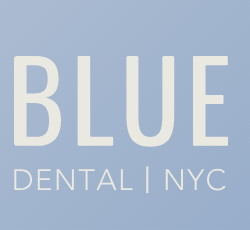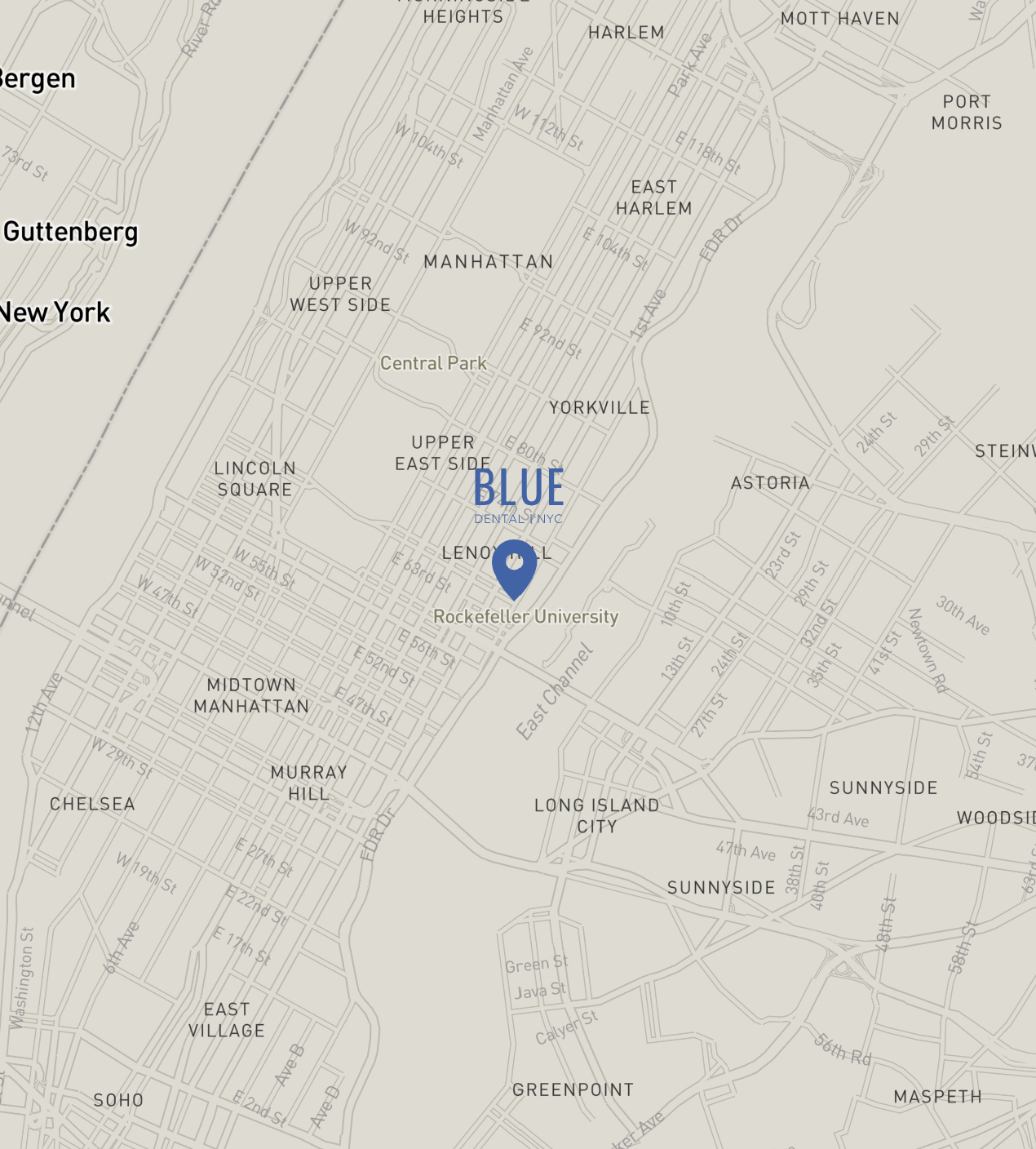Crossbite (Teeth Overlap the Wrong Way) on the Upper East Side, Manhattan
Why Choose Dr. Min for Crossbite Care
- Columbia-trained prosthodontist focused on bite harmony, jaw comfort, and long-term stability.
- Award-winning precision and military-honed discipline—expect meticulous records and calm, clear communication.
- Team approach with trusted orthodontists and oral/maxillofacial surgeons for complex skeletal cases.
- Digital diagnostics: photos, scans, and low-dose X-rays/CBCT (when indicated) for precise planning.
What Is a Crossbite?
A crossbite occurs when upper and lower teeth overlap in the opposite direction from normal.
- Posterior crossbite: upper back teeth bite inside lower teeth.
- Anterior crossbite: one or more upper front teeth bite
behind lower teeth (can look like a single “underbite tooth”).
Crossbites can be dental (tooth position) or skeletal (jaw width/position).
Why It Happens
- Narrow upper jaw (transverse deficiency) or wide lower jaw
- Childhood habits (mouth breathing, thumb/pacifier), tongue posture issues
- Early loss of baby teeth or crowding that misguides eruption
- Orthodontic relapse without retainers
- Asymmetric growth patterns or jaw shifts to “find” a bite
Signs & Everyday Concerns
- Teeth collide unevenly; you may chew on one side only
- Midline shift or jaw shifting when you close
- Wear, chipping, or notches on specific teeth
- Gum recession on lower incisors (anterior crossbite)
- Headaches or jaw fatigue in some patients
- Smile asymmetry or narrow upper arch appearance
Why Fix a Crossbite?
- Prevents uneven wear, cracks, and gum recession
- Reduces risk of TMJ/muscle strain from one-sided chewing
- Improves chewing efficiency and smile esthetics
- Helps avoid asymmetric jaw growth in kids/teens
Treatment Options We Provide/Coordinate
Orthodontic & Minimally Invasive
- Clear aligners or braces with planned transverse/rotational correction
- Cross-elastics to move teeth across the bite safely
- Palatal expansion (RPE or slow expanders) for growing patients
- TADs (mini-implants) to assist complex movements in adults
- Myofunctional therapy when tongue posture/habits contribute
- Retention plan (clear/bonded retainers) to protect results
Restorative Support (when indicated)
- Selective enamel recontouring or small bonded build-ups to refine contacts after correction
- Onlays/veneers/crowns to rebuild worn teeth and balance the bite
Surgical (for severe skeletal cases in adults)
- SARPE (surgically assisted rapid palatal expansion) or segmental Le Fort I to widen the upper jaw
- Coordinated care with our partner surgeons; prosthodontic finishing for stable occlusion
The Process at a Glance
1) Exam & Records
Photos, digital scans, bite analysis, and imaging; map where and why the crossbite occurs.
2) Custom Plan
Aligners vs braces, need for elastics, expansion, TADs, or surgery; timelines & phased fees.
3) Active Correction
Regular visits or aligner changes; careful occlusal guidance to avoid new interferences.
4) Finish & Protect
Detailing for smooth, even contacts; esthetic refinements; retain as prescribed.
5) Maintain
Periodic checks; night guard for heavy clenchers if needed.
Timeline & Comfort
- Typical orthodontic correction: 6–18 months depending on severity and growth status.
- Discomfort is usually mild and short-lived after adjustments or new aligners.
Adults vs. Growing Patients
- Kids/Teens: Expansion and bite correction are highly predictable during growth—early treatment helps prevent asymmetry.
- Adults: Many crossbites are aligner/braces-correctable; severe transverse deficiencies may need SARPE/surgical support for the most stable result.
Cost & Insurance
- Transparent, itemized estimates; phased options available.
- Many PPO plans include orthodontic benefits (strongest for teens; adult coverage varies).
- Surgical cases may combine dental/medical benefits—our team verifies and files claims.
At-Home Care During Treatment
- Brush 2x/day with fluoride toothpaste; floss daily (threaders/water flosser with braces).
- Wear aligners 20–22 hrs/day if chosen; follow elastic instructions closely.
- Bring retainers to follow-ups; replace promptly if lost or cracked.
Frequently Asked Questions
Can clear aligners fix a crossbite?
Often yes—especially for single-tooth or dental crossbites. Complex or skeletal cases may need TADs, expansion, or surgery.
Is expansion only for kids?
True skeletal expansion is most predictable in growing patients. Adults can achieve limited dental expansion with aligners/braces; severe cases may benefit from
SARPE.
Will a crossbite damage my gums or TMJ?
It can—localized overload may cause recession or muscle/joint strain. Early correction reduces these risks.
What if only one tooth is in crossbite?
Single-tooth crossbites are typically straightforward with aligners/braces and limited elastics.
About Dr. Daniel Min
BA, University of Texas at Austin
DDS, University of Texas (American Esthetic Dental Association award; “Student of the Year” in clinical performance)
MS in Prosthodontics, Columbia University; former part-time clinical professor
U.S. Army veteran; current Army Reserve officer
Member: Academy of Prosthodontics; International Congress of Oral Implantologists
Service Area
Conveniently located on the Upper East Side and serving patients across Manhattan and the greater New York City area.
Call to Action
Noticing a narrow smile or teeth that collide on one side?
Book a crossbite consultation with Dr. Daniel Min to explore aligners, braces, expansion, or surgical coordination for a balanced, comfortable bite.

